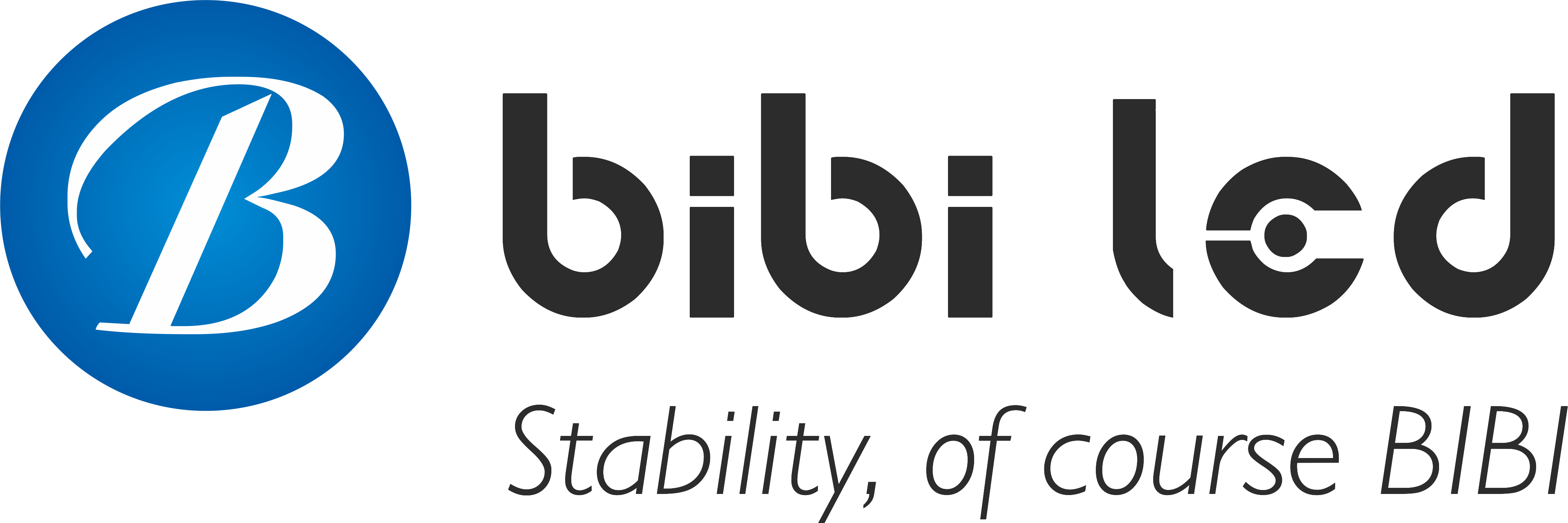Introducción
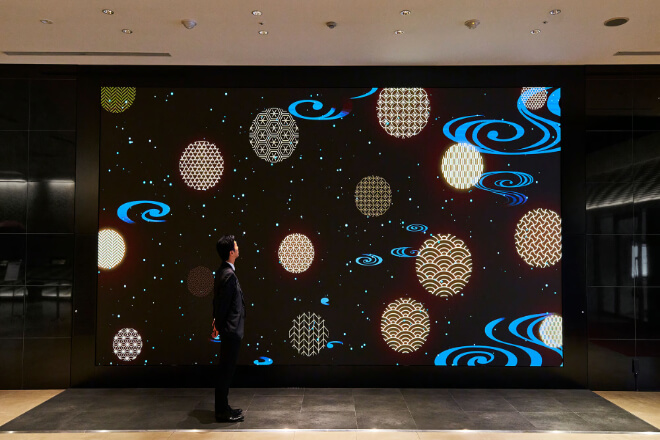
El Pantalla LED is installed, but no one watches it? Is it in the wrong position, or is the content too boring? Don’t rush to change the equipment; the problem may be in the details.
Tabla de contenido
Solution 1: Re-evaluate the installation position of the LED display
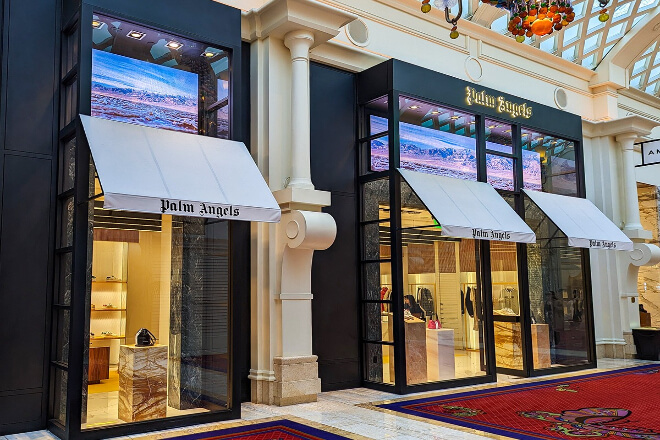
First, you can try to adjust the height and angle of the LED screen.
Generally speaking, the center of the screen should be about the same height as most people’s line of sight, such as about 1.5 meters for adults, which looks more comfortable.
In addition, be careful not to let the sun or light shine directly on the screen to avoid reflection affecting the viewing effect.
Another thing is to adjust the angle of the screen appropriately according to the direction of the flow of people, so that more people can easily see the content.
Secondly, you can use the “moving line analysis” method to find places where the flow of people is more concentrated.
Simply put, it is to observe how everyone usually moves and where there are more people staying.
For example, places such as elevator entrances, rest areas, and cash registers. Put the screen in these positions, and the exposure rate will naturally go up.
At the same time, try not to put it in a corner or a place where it is easy to block the line of sight, otherwise the effect will be greatly reduced.
Finally, you can use some tools, such as heat maps or monitoring data, to more scientifically determine the placement of the screen.
Through Wi-Fi probes, camera analysis, or third-party heat map tools, you can clearly see the specific areas where people gather and how long they stay.
Combined with these data, determine which places are more worthy of placing screens.
In addition, you can also try A/B testing, which involves putting it in different locations for a period of time to see which location works better, and finally determine the best installation location.
Solution 2: LED display screen content visual + emotional double touch
To attract more people to pay attention to LED displays, the visual performance and emotional resonance of the content are very important.
First, you can catch the audience’s attention through more impactful picture design and vivid color contrast.
For example, use high-saturation color matching, dynamic effects, or strong visual contrast to make the screen content stand out from the crowd and attract the attention of passers-by at first sight.
Secondly, the content itself should focus on the audience’s “pain points, benefits, and action instructions”.
In other words, the information displayed on the screen should directly hit the audience’s needs or troubles and clearly point out what benefits they can get from it.
And give clear and specific action instructions, such as “Scan the code to receive the discount” and “Participate in the lottery immediately”.
This content structure can quickly stimulate the audience’s interest and desire to participate.
In addition, some interactive content can be added, such as scanning the code to participate in the event, a real-time comment wall, on-site voting, etc.
These interactive forms can not only enhance the audience’s sense of participation but also allow them to change from passive viewing to active participation.
Further enhancing the attractiveness and communication effect of the LED display.
For example, the Korean digital art team d’strict launched the “Waterfall-NYC” and “Whale #2” naked-eye 3D works in Times Square, New York, using four vertical LED screens to link.
Presenting a picture of a whale made of water, swimming freely between high-rise buildings in the city. This surreal visual experience is not only technically amazing.
It also triggers the audience’s emotional resonance through the “freedom” and “vitality” symbolized by the whale, greatly enhancing the attractiveness and communication power of the content.
Solution 3: Determine whether the display effect of the LED display is "attractive"
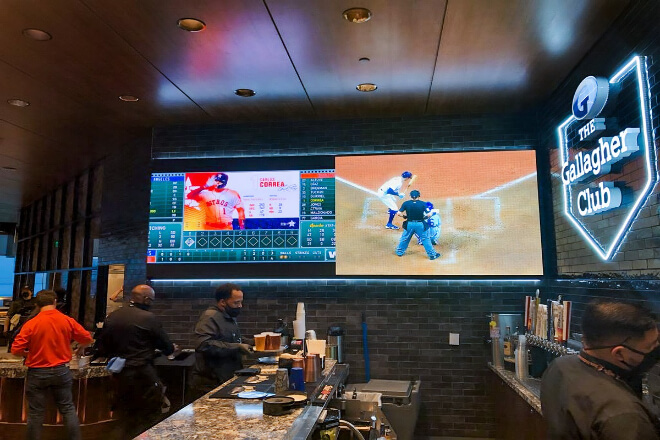
If you find that no one is watching the LED display, in addition to the bad location and content, there is another possibility that the audience feels “tired eyes” after watching it for a long time.
This kind of visual fatigue problem is actually easy to ignore, but the impact is not small.
First, check whether the screen is too bright.
For example, in a place with strong sunlight outdoors, or in a dark room, the screen is too bright and dazzling, and the eyes will definitely not be able to bear it.
If the contrast between the screen and the surrounding light is too strong, it will also make people feel uncomfortable.
Second, pay attention to whether the screen is “stroboscopic”. Some LED screens will flicker quickly when the brightness is lowered.
Although the eyes may not be able to see it clearly, they will get tired if they stare at it for a long time.
If the audience says that their eyes are sore and dizzy after watching for a while, it may be a problem of stroboscopic.
Then check whether the blue light of the screen is too strong. The blue light of the LED screen has a shorter wavelength and higher energy.
It is easy to make the eyes dry and tired when watching for a long time, and even watching too much at night will affect sleep.
If the content of the screen is all cold colors, or the white screen is always on, the eyes will definitely not be able to bear it.
Finally, you can judge by observing the audience’s reaction. If everyone just glances and leaves, or simply complains that “it’s uncomfortable to look at.”
That is probably a problem of visual fatigue. You can also ask the audience directly if they feel that the screen is too dazzling or uncomfortable for their eyes.
Solution 4: Improve the flexibility of content management of LED display screens
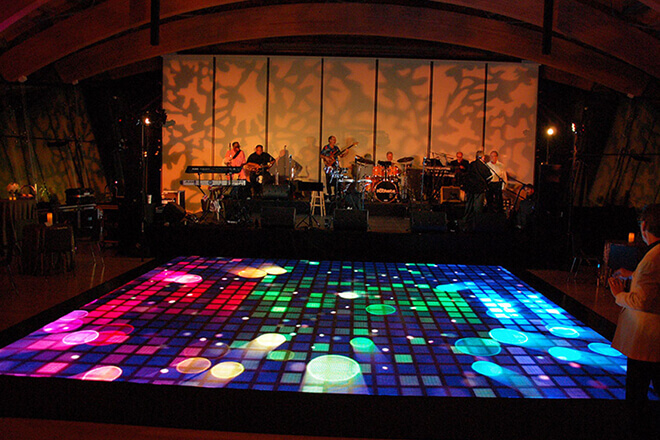
If you want to make the content of LED display screens more attractive, it is definitely not enough to just rely on “unchanging”.
You have to make the content “live” and adjust it according to the situation at any time. This requires improving the flexibility of content management.
First, you have to achieve
1). Remote control and instant update
Imagine if you find that today’s event is particularly lively, but the content on the screen is still yesterday’s advertisement, what a pity!
If you can remotely control the screen and update the content anytime and anywhere, you can seize every opportunity to show the most attractive things.
For example, in some Centros comerciales abroad, the LED screens can be adjusted by staff at any time through mobile phones or computers in the background, so that customers always see the latest content.
Secondly, according to
2). Set different content strategies for holidays and time periods
For example, on Christmas, the screen can be replaced with a picture full of snowflakes and Christmas trees, accompanied by cheerful music, so that people can feel the festive atmosphere at once.
At noon on weekdays, the screen can display some relaxing food videos to attract the attention of office workers; at night, it can be changed to a lively event preview.
Like the big screens in New York’s Times Square, the content displayed is completely different according to different festivals and time periods, which always attracts the attention of the crowd.
Finally, we have to use
3). Data analysis to reverse the effectiveness of the content
In simple terms, it is to see which content the audience is more interested in. You can use cameras or sensors to count the time the audience stays in front of the screen.
Or use interactive functions (such as scanning codes to draw prizes) to see which content has higher participation.
If you find that no one is watching a certain type of content, then change it quickly; if a video is particularly popular, you can show it for a while.
For example, the LED screens at bus stops in some European cities will adjust the advertising content based on the results of data analysis to make the click-through rate and conversion rate of the advertisement higher.
5. Conclusión
The value of an LED screen does not lie in how bright it is, but in whether it can be truly seen and paid attention to.
Adjust the position, optimize the content, and manage flexibly, and your LED screen can also become the focus of attention. Are you ready to make it “alive”?
Finalmente, si quieres saber más sobre las pantallas LED, Por favor póngase en contacto con nosotros.
